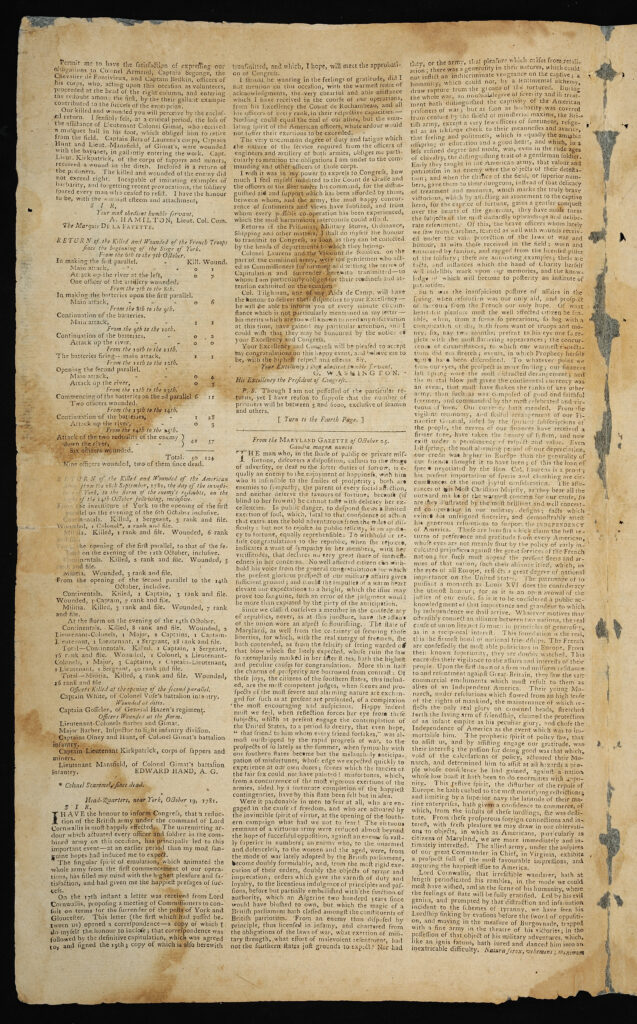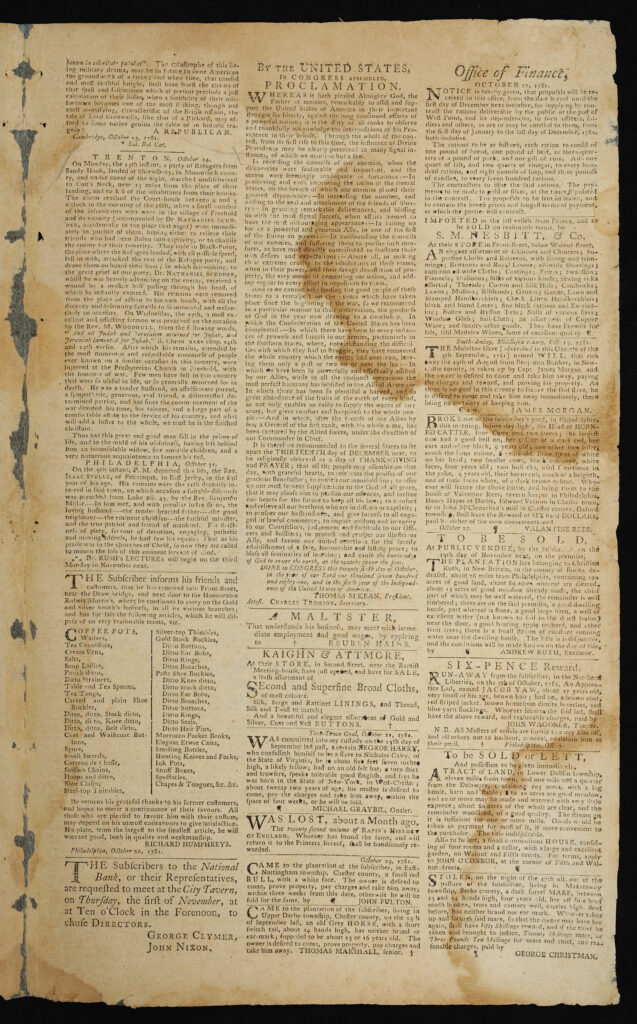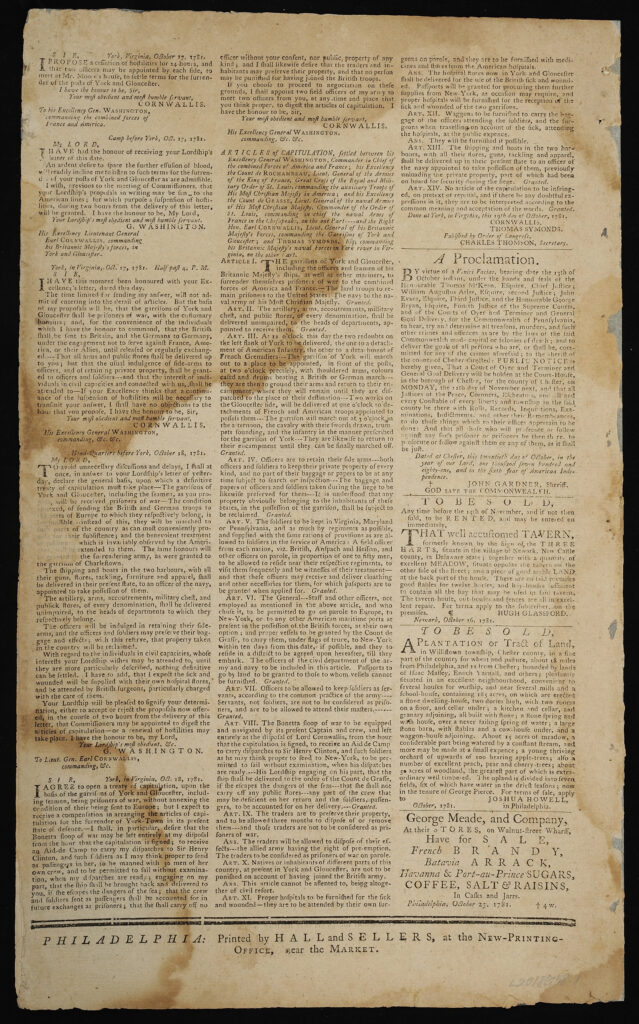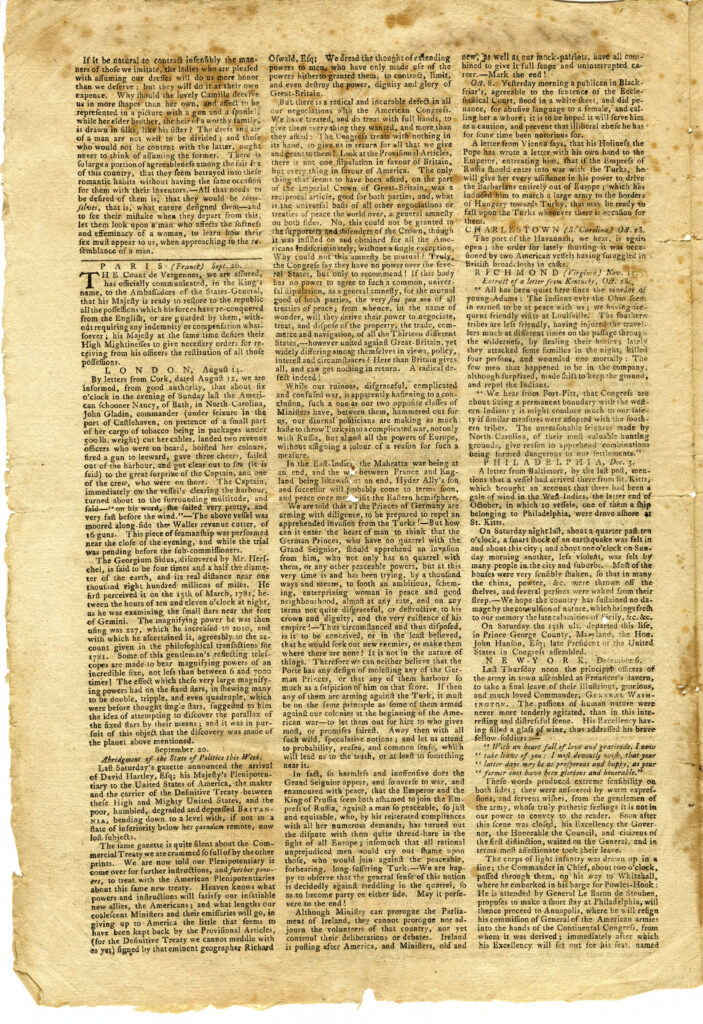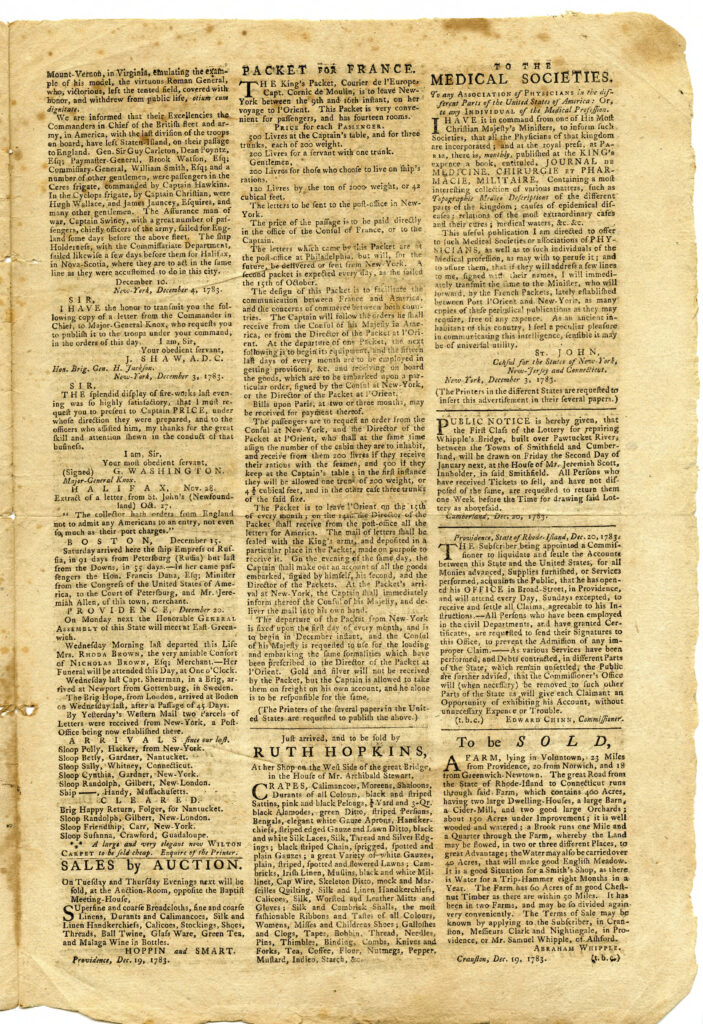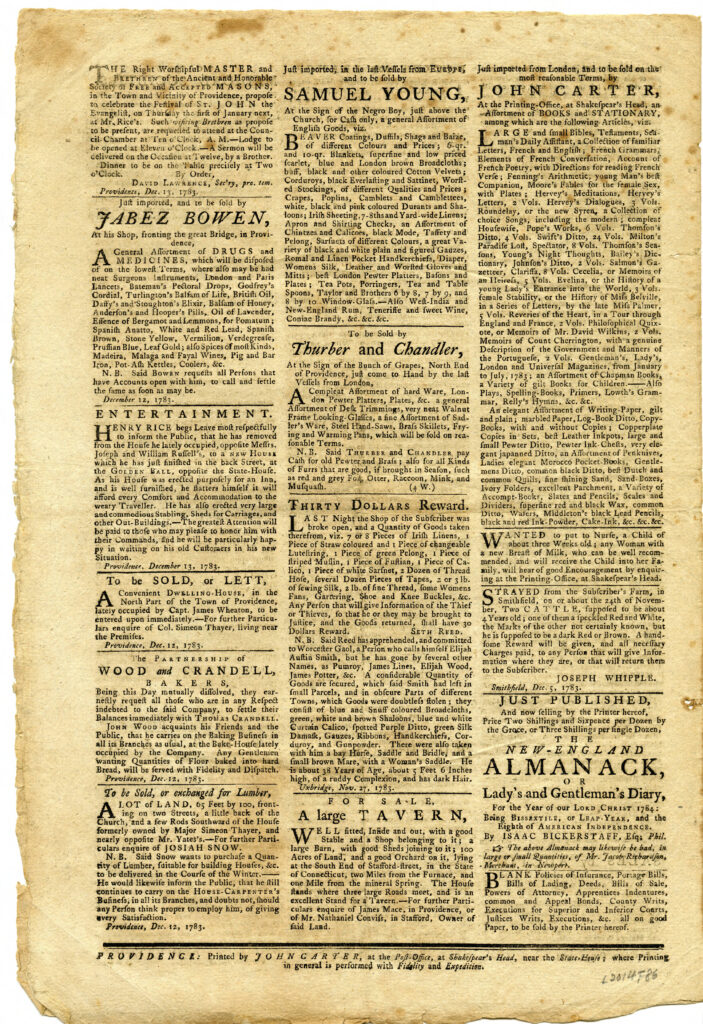National Council for the Social Studies (NCSS) 103rd Annual Conference
Nashville, Tennessee
December 1-3, 2023
The wisest American Revolutionaries understood that creating a truly free society would take many generations of Americans working in concert to achieve the high ideals articulated during our struggle for independence. Explore ARI lessons and primary source materials chronicling the delicate history of America’s republic with Memphis-Shelby County master teacher, Will Kelley. Multi-disciplinary resources align with the C3 Framework and Common Core and are available free online—readily accessible for synchronous or asynchronous learning. View Mr. Kelley’s master lesson plan “He Did It His Way: How George Washington Shaped the American Presidency” here.
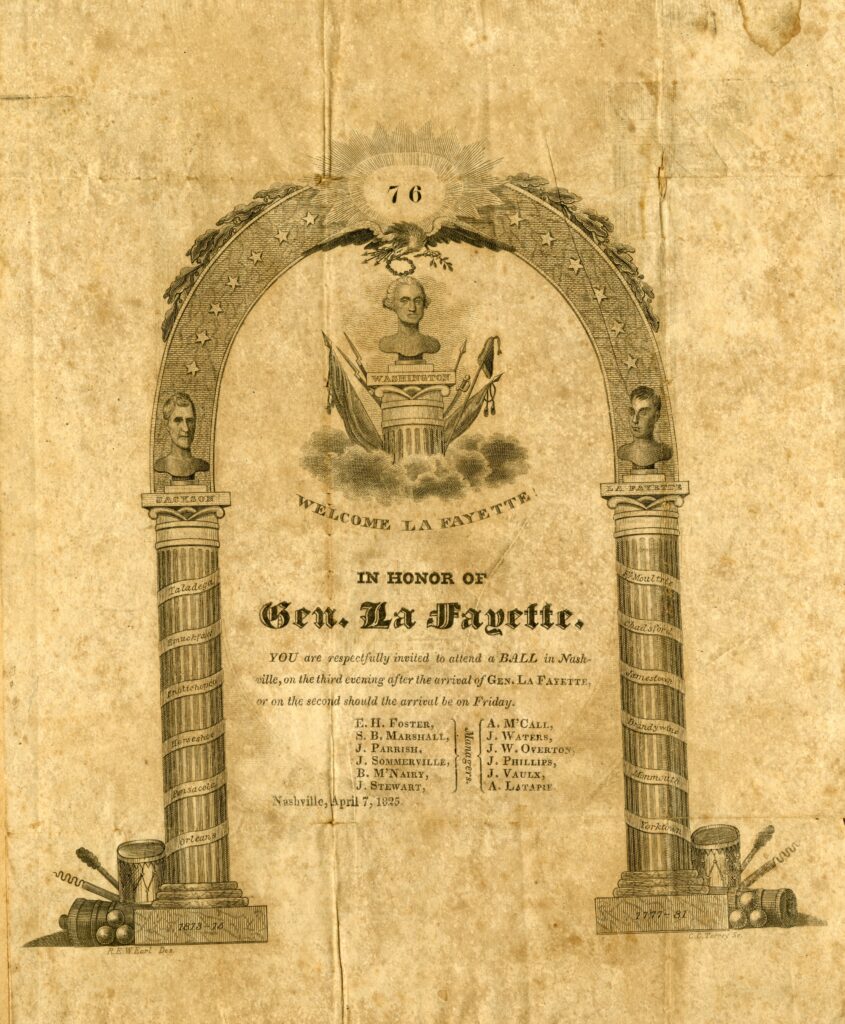
Welcome La Fayette!
Ralph Eleaser Whiteside Earl, artist and Charles Cutler Torrey, engraver
Nashville, Tennessee, 1825The Society of the Cincinnati
Engraved invitation to a ball held in Nashville to honor Lafayette during his grand tour in 1825. The text of the invitation is enclosed by an arch formed by pillars whose bases are surrounded by cannon and drums. The left pillar is dated 1813-15 and lists the battles of Orleans, Pensacola, Horshoe, Enotichopco, Emuckfaw and Taladega on ribbons under a bust of Andrew Jackson. The right pillar is dated 1777-81 and lists the battles of Yorktown, Monmouth, Brandywine, Jamestown, Chadsford and Ft. Moultrie on ribbons under a bust of Lafayette. The pillars are connected a the top by an arch of thirteen stars and laurel leaves centered by a sunnburst with the year "76" inside with a soaring eagle below. Centered below the arch is a bust of George Washington atop a pillar in the clouds surrounded by flags, swords, bayonettes and a liberty cap on a pole. The text of the invitation begins below the clouds with: Welcome La Fayette! In Honor of Gen. La Fayette. You are respectfully invited to attend a ball in Nashville, on the third evening after the arrival of Gen. La Fayette or on the second should the arrival be on Friday. A list of the names of twelve managers is printed below the text, and at the bottom left is printed: Nashville, April 7, 1825.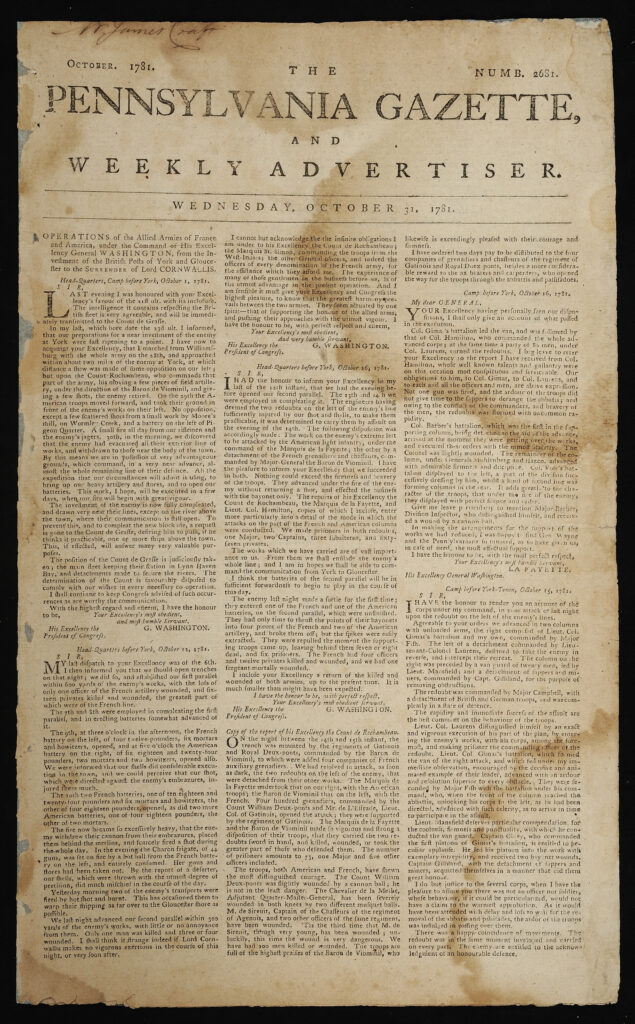
The Pennsylvania Gazette
Philadelphia: Samuel Kleimer, October 31, 1781The Hamilton Newspaper and Ephemera Collection of Antonia Chambers, Esq.
This paper, published just twelve days after the British surrender at Yorktown, includes many letters to and from George Washington about the siege. The account of Alexander Hamilton’s valiant performance is one of the earliest appearances of his name in the press. Also highlighted are the actions of John Laurens, the comte de Rochambeau and the marquis de Lafayette. Additionally, this paper published a “Return of the Killed and Wounded of the French Troops” and a “Return of the Killed and Wounded of the American Army.” A series of letters between Washington and Cornwallis, and the Articles of Capitulation, ends this issue.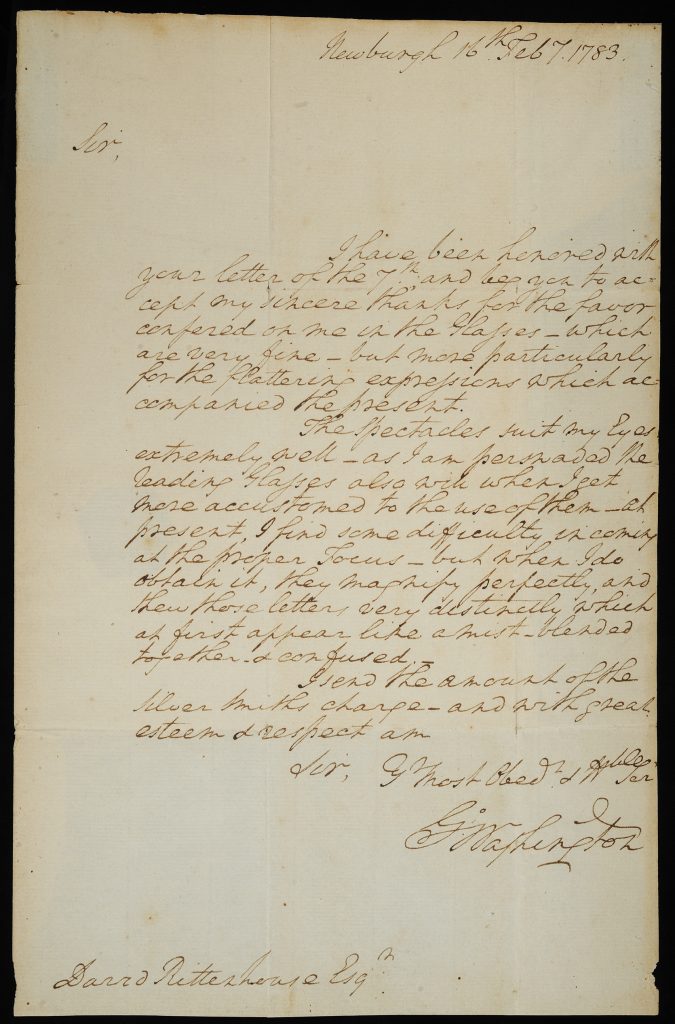
George Washington to David Rittenhouse
February 16, 1783The Society of the Cincinnati, Gift of George Miller Chester, Jr., in honor of his great-great-great-great grandfather, Col. John Chester, 2015
George Washington wrote a letter of thanks to noted American inventor and instrument maker David Rittenhouse for making him a set of spectacles (one for distance and one for reading). "The Spectacles suit my Eyes extremely well," Washington wrote, "as I am persuaded the Reading Glasses also will when I get more accustomed to the use of them - at present, I find some difficulty in coming at the proper Focus - but when I do obtain it, they magnify perfectly, and shew those letters very distinctly which at first appear like a mist blended together & confused." Three weeks later the reading glasses would be used to great effect when Washington, in attempting to quell a brewing mutiny of officers at Newburgh, pulled them from his pocket and said "Gentlemen, you must pardon me. I have grown gray in your service and now find myself growing blind."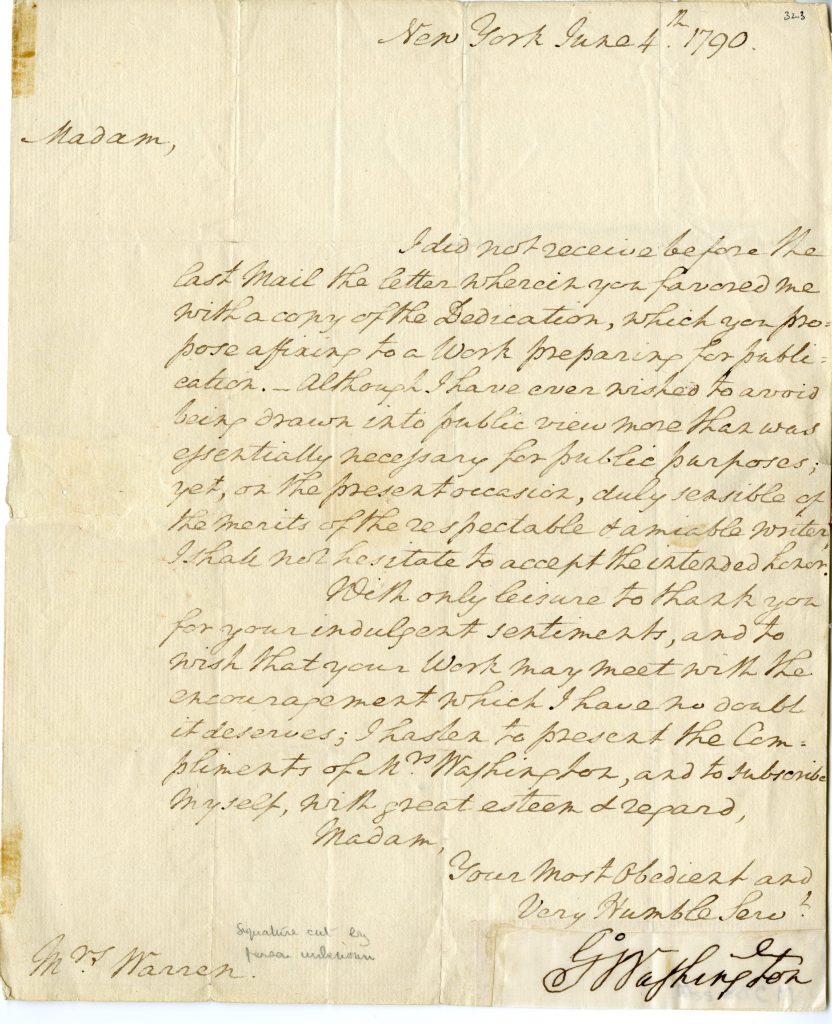
George Washington to Mercy Otis Warren
June 4, 1790The Society of the Cincinnati, Gift of Charles Warren, 1947
George Washington writes Mercy Otis Warren to accept the dedication in her book Poems, Dramatic and Miscellaneous (Boston, 1790) and wishes Warren well. Washington's signature was clipped and is supplied in facsimile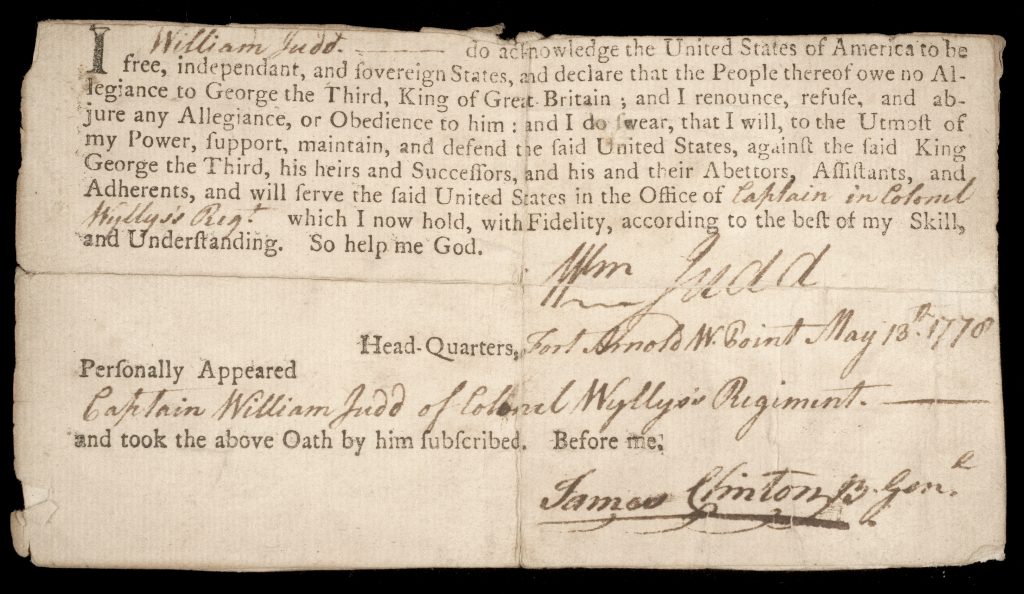
William Judd Oath of Allegiance
Fort Arnold, West Point, May 13, 1778The Society of the Cincinnati, Gift of Diana Judd Stevens, Martha Judd Estroff, William Hart Judd III, Margaret Ann Judd, and Rebecca Judd, in memory of their grandfather, William Hart Judd, and father William Hart Judd, Jr.
Oath of allegiance of William Judd acknowledging "the United States of America to be free, independent, and sovereign States" and swearing to "support, maintain, and defend said States against the said King George the Third.." and serving "in the office of Captain in Colonel Wyllys's Regt." Signed "James Clinton, B. Genl" that Judd personally appeared before him to take the oath.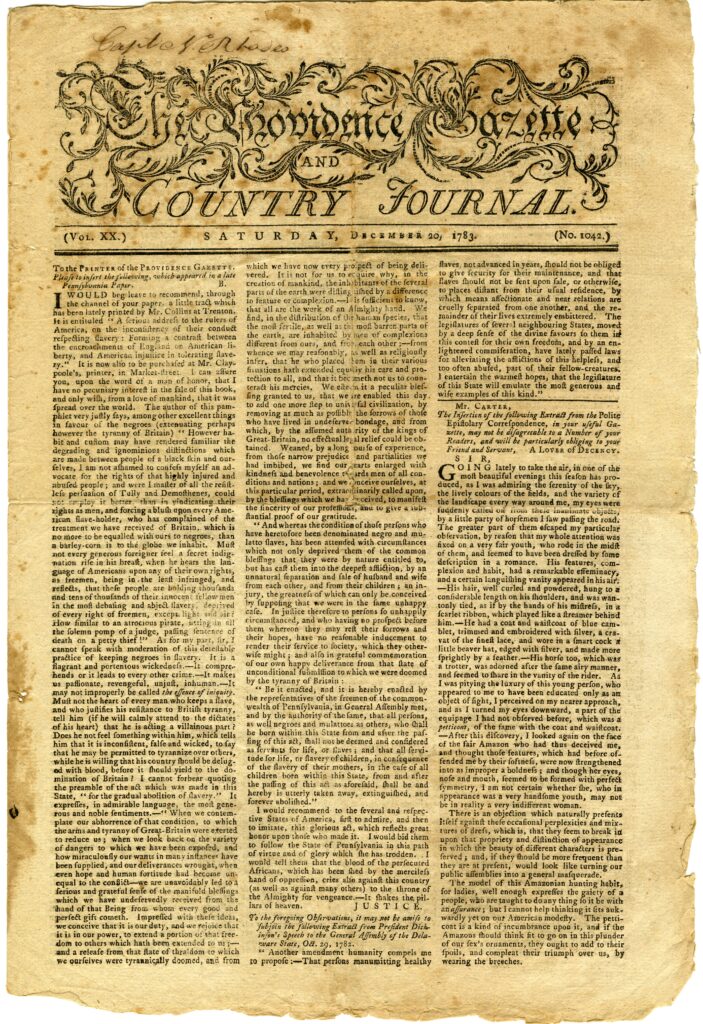
The Providence Gazette and Country Journal
Providence: W. Goddard, December 20, 1783The Robert Charles Lawrence Fergusson Collection
This issue reports on George Washington’s farewell to officers at Fraunces Tavern, recounting his speech and detailing his upcoming travels to Whitehall, Paulus Hook, Philadelphia and Annapolis, comparing his travel home to Cincinnatus: “immediately after which his Excellency will set out for his seat, named Mount-Vernon, in Virginia, emulating the example of his model, the virtuous Roman General, who, victorious, left the tented field, covered with honor, and withdrew from public life, otium cum dignitate.” Additionally, this issue features a reprinting of a British editorial critical of the Treaty of Versailles.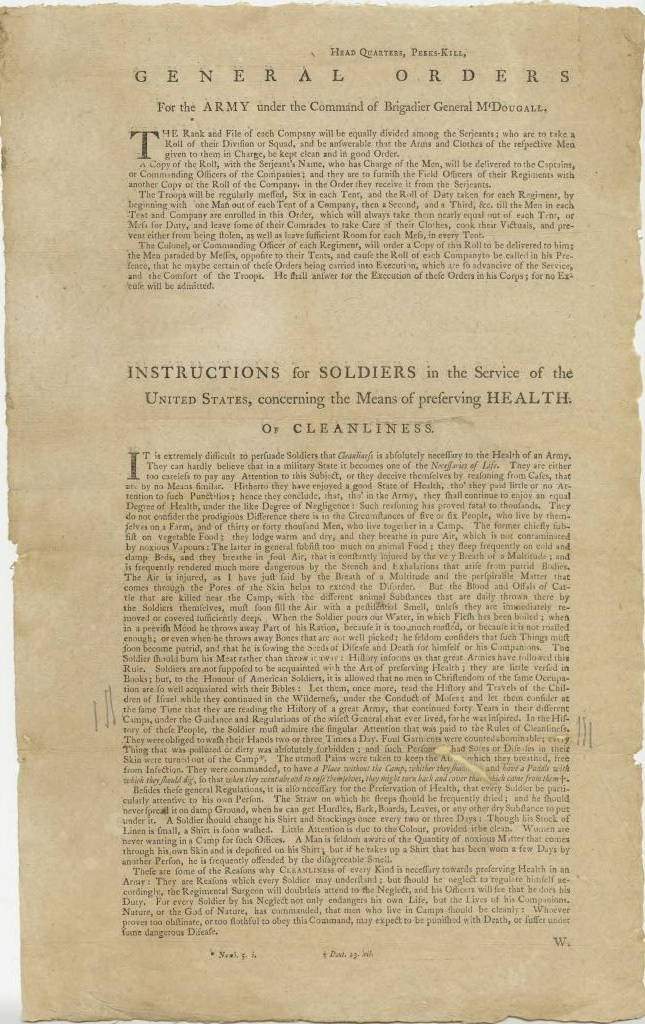
General orders for the Army under the Command of Brigadier General M' Dougall ... Instructions for Soldiers in the Service of the United States, concerning the Means of preserving Health of Cleanliness
George Washington
Fishkill, New York, 1777The Society of the Cincinnati
From his earliest days of command, George Washington emphasized order and cleanliness in camp. His general orders were codified in the official manual of the Continental Army, Regulations for the Order and Discipline of the Troops of the United States, written by Gen. Friedrich Wilhelm Steuben in 1779 following the brutal winter at Valley Forge.download pdf version of presentation
